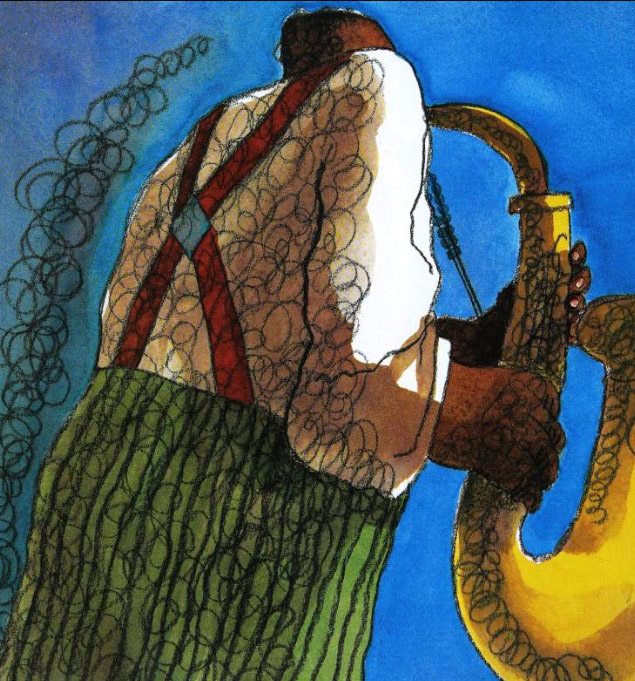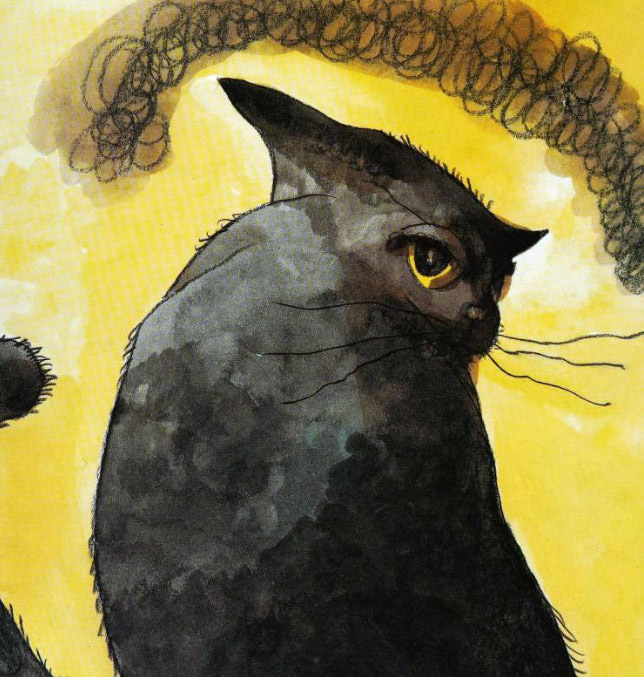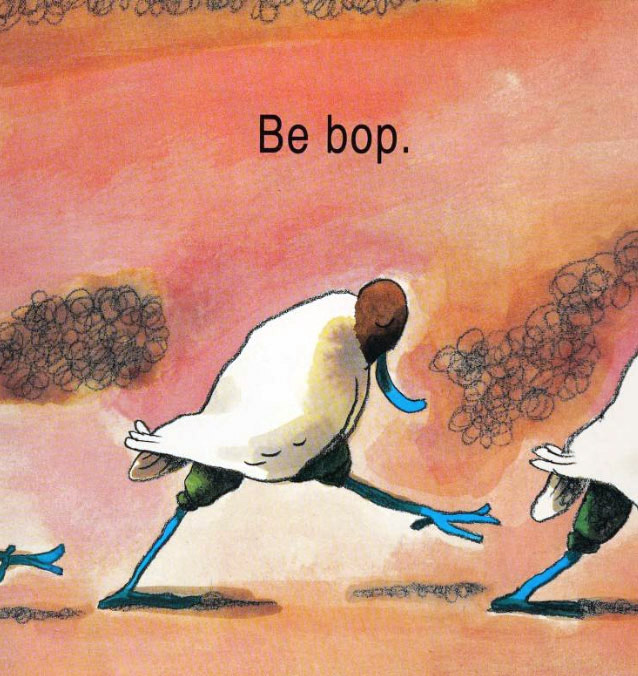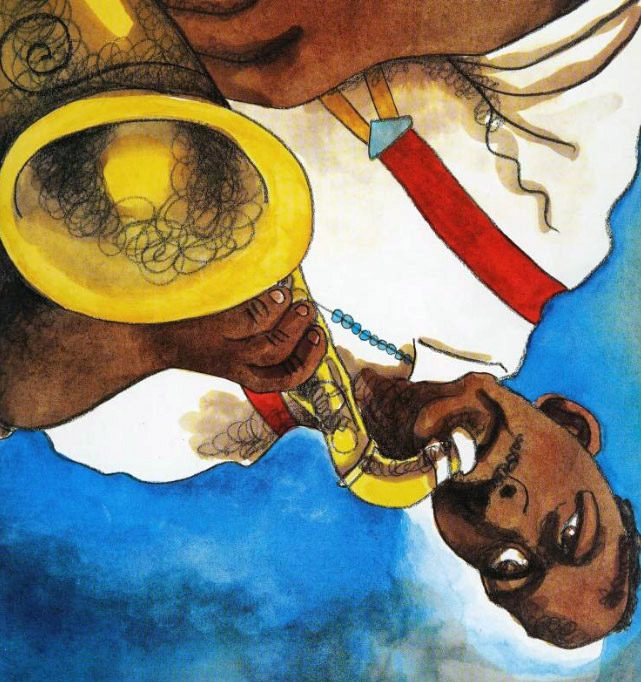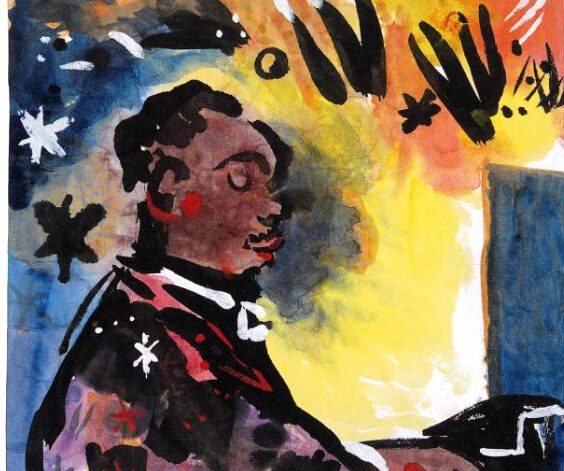For decades, jazz has been inspiring musicians, artists, and writers in their work. Its special energy is unique and unmistakable, yet some gifted authors and illustrators have still managed to capture it in their books. These six works range from playful riffs to visual rhythms. Through words and art, the sounds of jazz become almost tangible.

With short poems by Wynton Marsalis that capture each artist’s style, this book presents 26 jazz musicians, one for each letter of the alphabet. Paul Rogers’s portraits are vivid and striking, resembling album covers. The large square format and alternating pages of verse and portrait create a rhythm that reflects jazz itself. The book is both entertaining and educational, with brief biographies and discographies in the back matter.




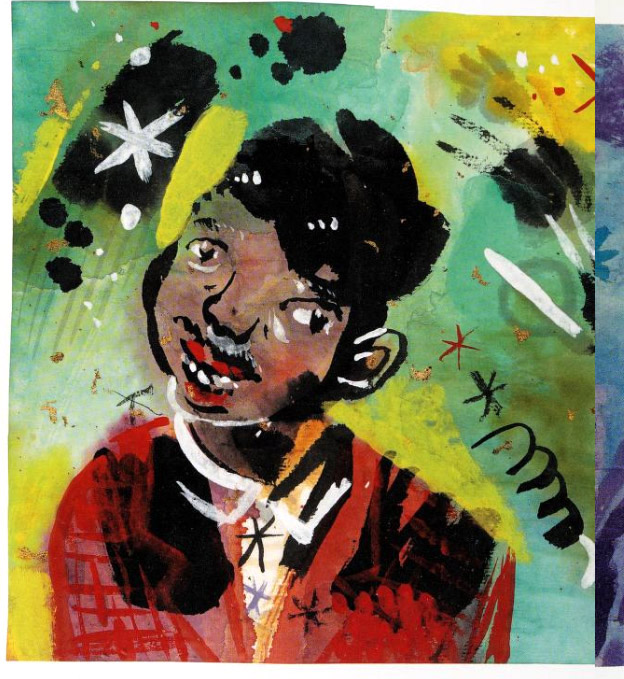
Raschka presents presents Sun Ra as an bright, energetic, and eccentric person. With a depiction of Sun Ra as a young boy from Alabama and as the cosmic performer he became, the book is more of a sensory experience than just a biography, allowing readers to picture the sound and joy of his music.
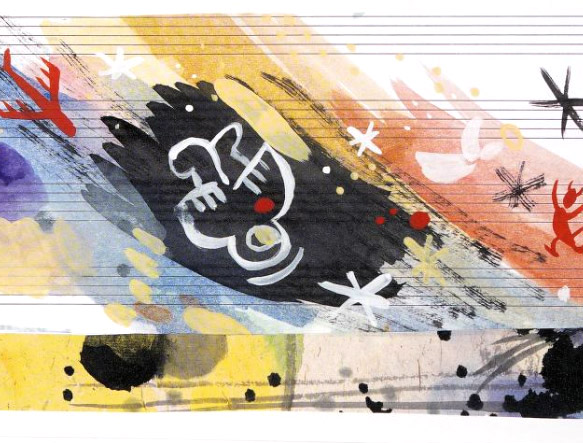
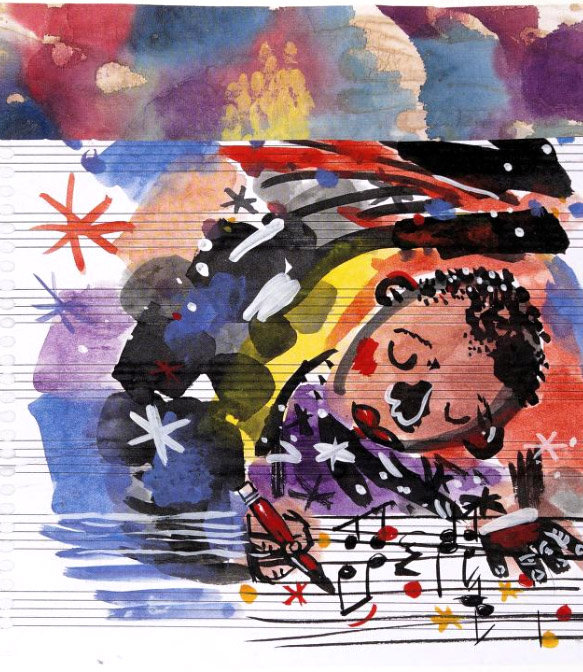

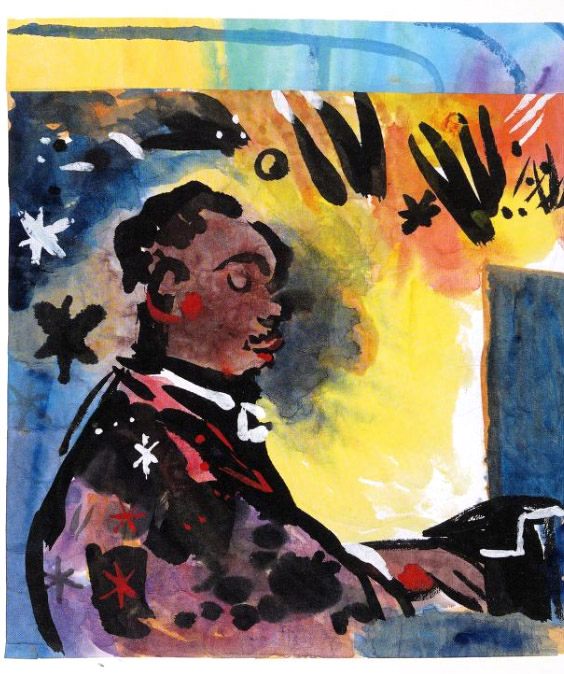

As a tribute to pianist Thelonious Monk, Raschka uses twelve colors, which correspond to the twelve musical notes, and short, repeating text that reflects the liveliness and abruptness in Monk’s style. Instead of reading a traditional biography, the abstract illustrations let readers experience the character and rhythm of Monk’s music.




This book chronicles Ellington’s development from a little boy who was uncertain about the piano to a legendary figure in jazz. Brian Pinkney’s illustrations move with color and energy, while Andrea Pinkney’s text sways to the beat of the music. The focus is on capturing Ellington’s personality and the sound of his orchestra.





Dizzy Gillespie’s bebop’s erratic energy is seemingly reflected in Winter’s text and Qualls’s illustrations. The music flows like a stream, flies like smoke: warm, but smooth and drawn-out, sad and soothing, or mysterious, with abrupt rises and falls.




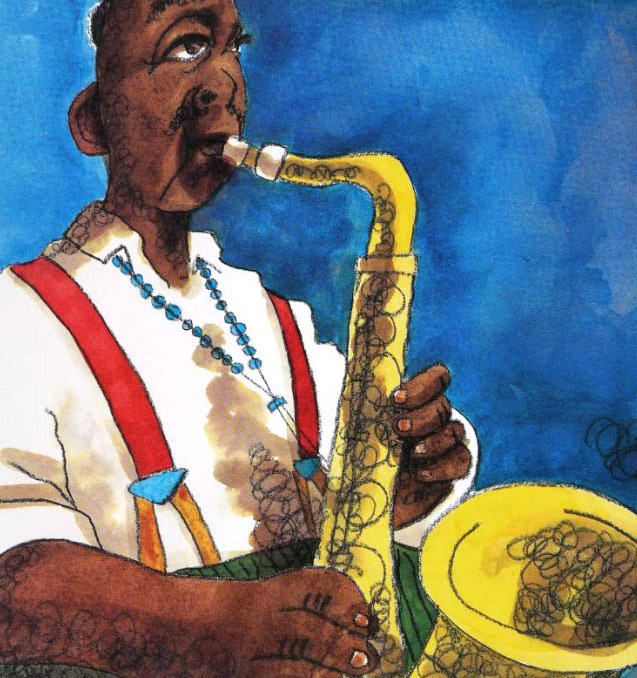
The illustrations here are so warm, even fervent, as if heated by Charlie Parker’s passionate music. Raschka encourages to read aloud, sing and dance, imagine a saxophone solo. The pages, one after another, seem to merge into an animated clip, a visual and auditory bebop dance.
